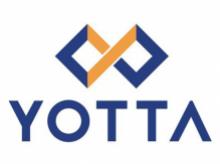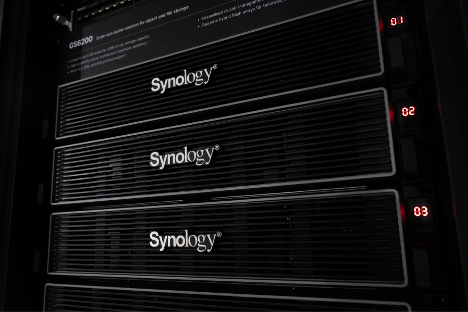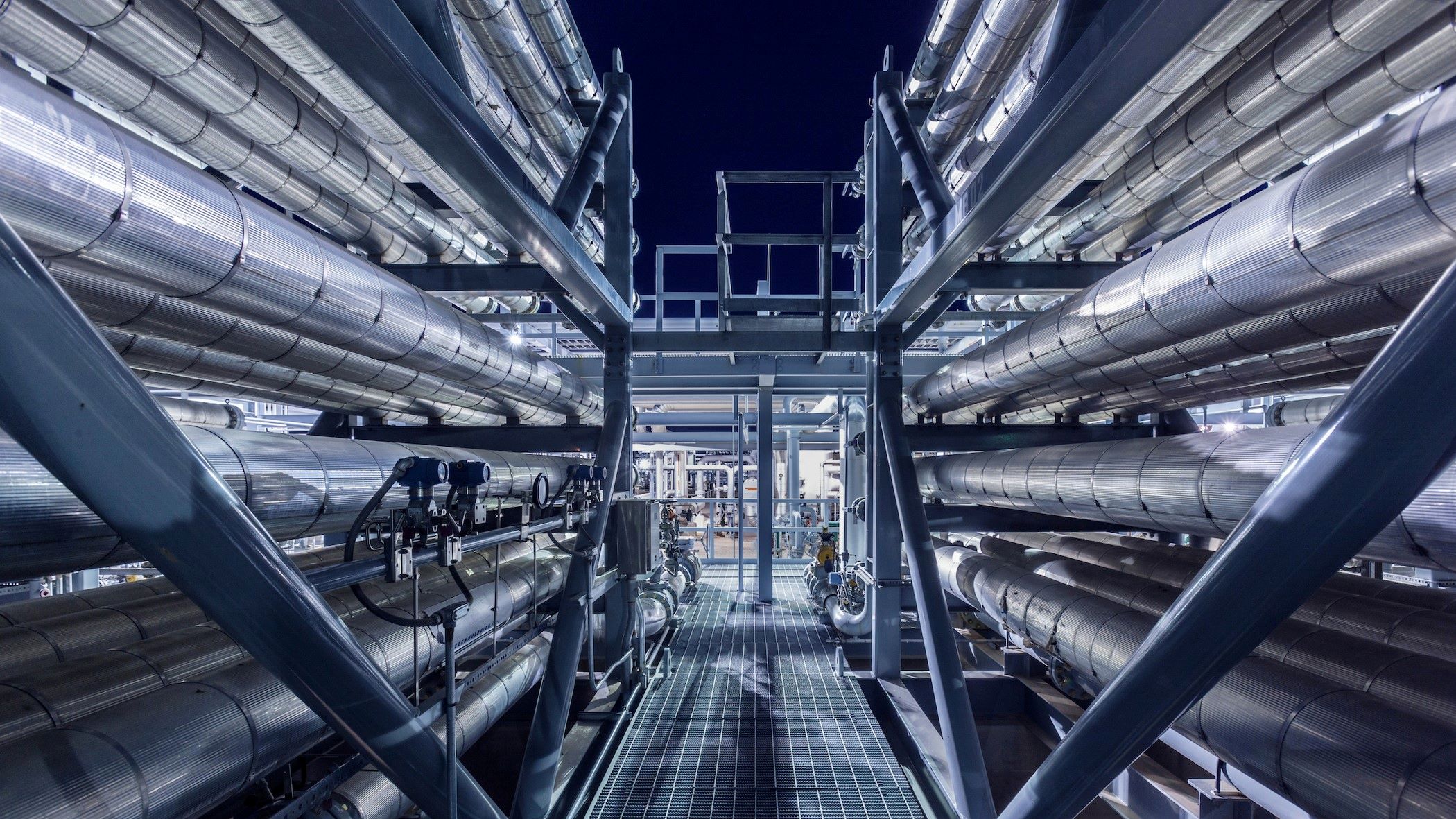University of Stuttgart and HPE to build exascale supercomputer
The University of Stuttgart and Hewlett Packard Enterprise (HPE) have announced an agreement to build two new
supercomputers at the High-Performance Computing Center of the University of
Stuttgart (HLRS).
In the first stage, a transitional supercomputer,
called Hunter, will begin operation in 2025. This will be followed in 2027 with
the installation of Herder, an exascale system that will provide a significant
expansion of Germany’s high-performance computing (HPC) capabilities. Hunter
and Herder will offer researchers world-class infrastructure for simulation,
artificial intelligence (AI), and high-performance data analytics (HPDA) to
power cutting-edge academic and industrial research in computational
engineering and the applied sciences.
The total combined cost for Hunter and Herder is
€115 million. Funding will be provided through the Gauss Centre for
Supercomputing (GCS), the alliance of Germany's three national supercomputing
centers. Half of this funding will be provided by the German Federal Ministry of
Education and Research (BMBF), and the second half by the State of
Baden-Württemberg's Ministry of Science, Research, and Arts.
Hunter to Herder: a two-step
climb to exascale
Hunter will replace HLRS’s current flagship
supercomputer, Hawk. It is conceived as a stepping stone to enable HLRS’s user
community to transition to the massively parallel, GPU-accelerated structure of
Herder.
Hunter will be based on the HPE Cray EX4000 supercomputer, which is designed to deliver exascale
performance to support large-scale workloads across modeling, simulation, AI,
and HPDA. Each of the 136 HPE Cray EX4000 nodes will be equipped with four HPE Slingshot high-performance interconnects. Hunter will also
leverage the next generation of Cray ClusterStor, a storage system purpose-engineered to meet the demanding
input/output requirements of supercomputers, and the HPE Cray Programming Environment, which offers programmers a comprehensive set of tools for
developing, porting, debugging, and tuning applications.
Hunter will raise HLRS’s peak performance to 39
petaFLOPS (39*1015 floating point operations per second), an increase from the
26 petaFLOPS possible with its current supercomputer, Hawk. More importantly,
it will transition away from Hawk’s emphasis on CPU processors to make greater
use of more energy-efficient GPUs.
Hunter will be based on the AMD Instinct™ MI300A
accelerated processing unit (APU), which combines CPU and GPU processors and
high-bandwidth memory into a single package. By reducing the physical distance
between different types of processors and creating unified memory, the APU
enables fast data transfer speeds, impressive HPC performance, easy
programmability and great energy efficiency. This will slash the energy
required to operate Hunter in comparison to Hawk by approximately 80% at peak
performance.


































Leave A Comment